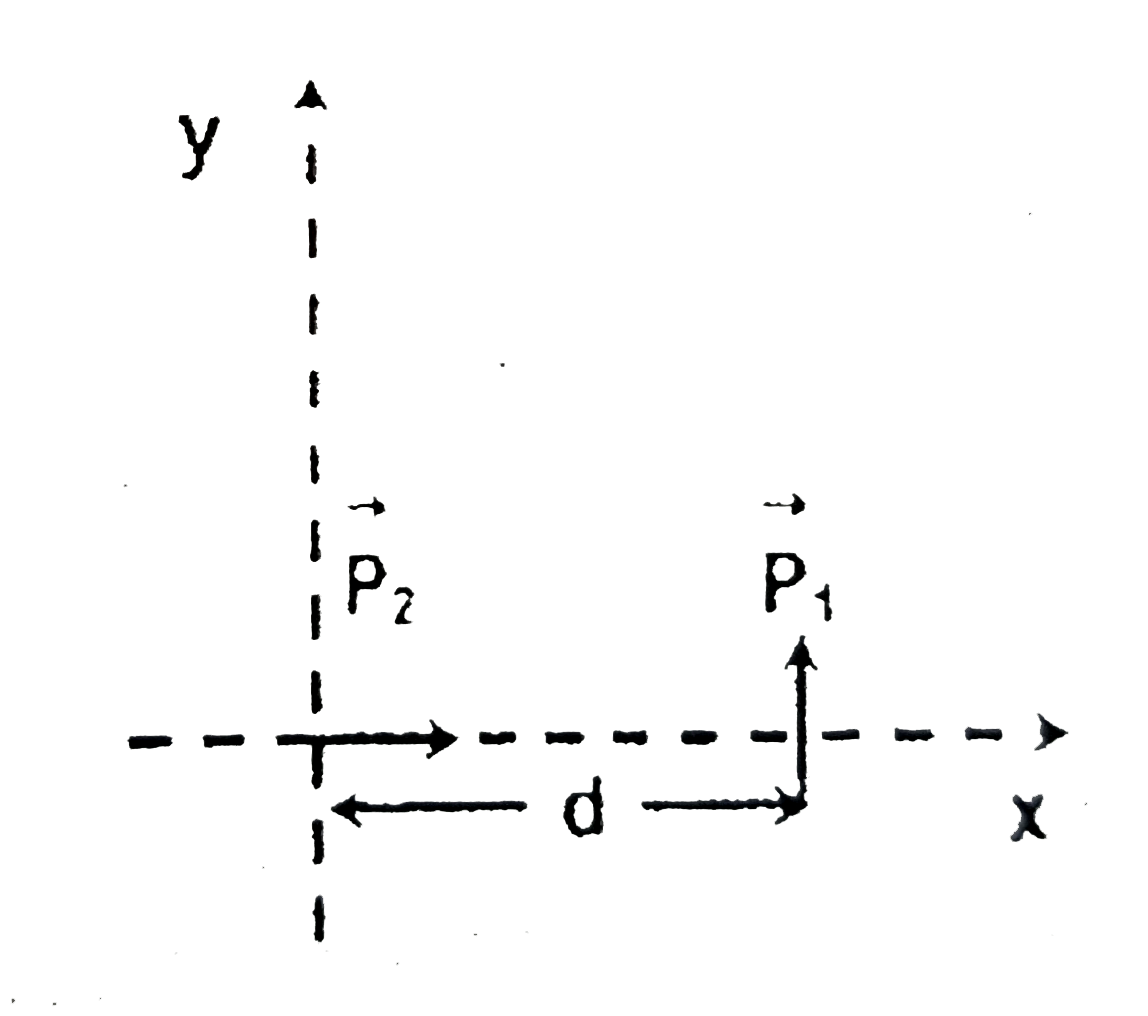The balls, having linear momenta →p1=→πand→p2_2=−→π, undergo a collision in free space. There is no external force acting on the balls. Let →p'1and→p'2 be their final momenta.The following option (s) is (are) NOT ALLOWED for any non-zero value of p,a1,a2,b1,b2,c1andc2.
→p1'=a1ˆi+b1ˆj+c1ˆk,→p2'=a2ˆi+b2ˆj
→p1'=c1ˆk,→p2'=c2ˆk
→p1'=a1ˆi+b1ˆj+c1ˆk,→p2'=a2ˆi+b2ˆj−c1ˆk
→p1'=a1ˆi+b1ˆj,→p2'=a2ˆi+b2ˆj
The correct Answer is:A, B
Step by step video, text & image solution for The balls, having linear momenta vecp_1=vecpi and vecp_2_2=-vecpi, undergo a collision in free space. There is no external force acting on the balls. Let vecp'_1 and vec p'_2 be their final momenta.The following option (s) is (are) NOT ALLOWED for any non-zero value of p, a_1, a_2, b_1, b_2, c_1 and c_2. by Physics experts to help you in doubts & scoring excellent marks in Class 12 exams.
Updated on:21/07/2023Topper's Solved these Questions
- CENTER OF MASS BOOK - RESNICK AND HALLIDAYCHAPTER - CENTER OF MASS EXERCISE - Practice Questions (Linked Comprehension)
6 Videos
- CENTER OF MASS BOOK - RESNICK AND HALLIDAYCHAPTER - CENTER OF MASS EXERCISE - Practice Questions (Matrix-Match )
1 Videos
- CENTER OF MASS BOOK - RESNICK AND HALLIDAYCHAPTER - CENTER OF MASS EXERCISE - Practice Questions (Single Correct Choice )
47 Videos
- CAPACITANCEBOOK - RESNICK AND HALLIDAYCHAPTER - CAPACITANCEEXERCISE - PRACTICE QUESTION (INTEGER TYPE)
3 Videos
- CIRCUITSBOOK - RESNICK AND HALLIDAYCHAPTER - CIRCUITSEXERCISE - Practice Questions (Integer Type)
3 Videos
Similar Questions
Knowledge Check
Two balls having linear momenta →p1=pˆi and →p2=−pˆi, undergo a collision in fre space. There is no external force acting on the ball. Let →p′1 and →p′2 be their final moment. Which of the following option(s) is (are) NOT ALLOWED for an non zero value of p,a1,a2,b1,b2,c1 and c2.
A→p′1=a1ˆi+b1ˆj+c1ˆk,→p′2=a2ˆi+b2ˆjB→p′1=c1ˆk,→p′2+c2ˆkC→p′1=a1ˆi+b1ˆj+c1ˆk,→p′2=a2ˆib2ˆj−c2ˆkD→p′1=a1ˆi+b1ˆj,→p′2=a2ˆi+b1ˆjTwo balls , having linear momenta →p1=pˆi and →p2=−pˆi , undergo a collision in free space. There is no external force acting on the balls. Let →p1 and →p2, be their final momenta. The following option(s) is (are) NOT ALLOWED for any non -zero value of p,a1,a2,b1,b2,c1 and c2
(i) →p1=a1ˆi+b1ˆj+c1ˆk,→p2=a2ˆi+b2ˆj
(ii) →p1=c1→k,→p2=c2ˆk
(iii) →p1=a1ˆi+b1ˆj+c1ˆk,→p2=a2ˆi+b2ˆj−c1ˆk
(iv) →p1=a1ˆi+b1ˆj,→p2=a2ˆi+b1ˆjA(i),(ii)B(ii),(iii)C(iii),(iv)D(i),(iv)If →P and →Q denote the sides of parallelogram and its area is 12PQ, then the angle between →P and →Qis
A0∘B30∘C45∘D60∘
For any three sets A1,A2,A3. Let B1=A1,B2=A2−A1andB3=A3−A1∪A2 , then which of the following statement is always true ?
View SolutionIf two vectors →P and →Q is chosen such that their resultant is perpendicular to →P . The angle between →P and →Q is cos−1(−nP2Q). Then value of n is:
View SolutionIf the tangent and normal to xy=c2 at a given point on it cut off intercepts a1,a2 on one axis and b1,b2 on the other axis, then a1a2+b1b2= (A) −1 (B) 1 (C) 0 (D) a1a2b1b2
View SolutionTwo dipoles →P1 and →P2 are oriented as shown in the figure. Assuming dipole of dipole moment →P2 to be placed at origin and dipole of moment →P1 is at a distance 'd' from origin then

View SolutionIf the equation of the locus of a point equidistant from the points (a1,b1) and (a2,b2) is (a1−a2)x+(b2+b2)y+c=0, then the value of C is
View Solution
